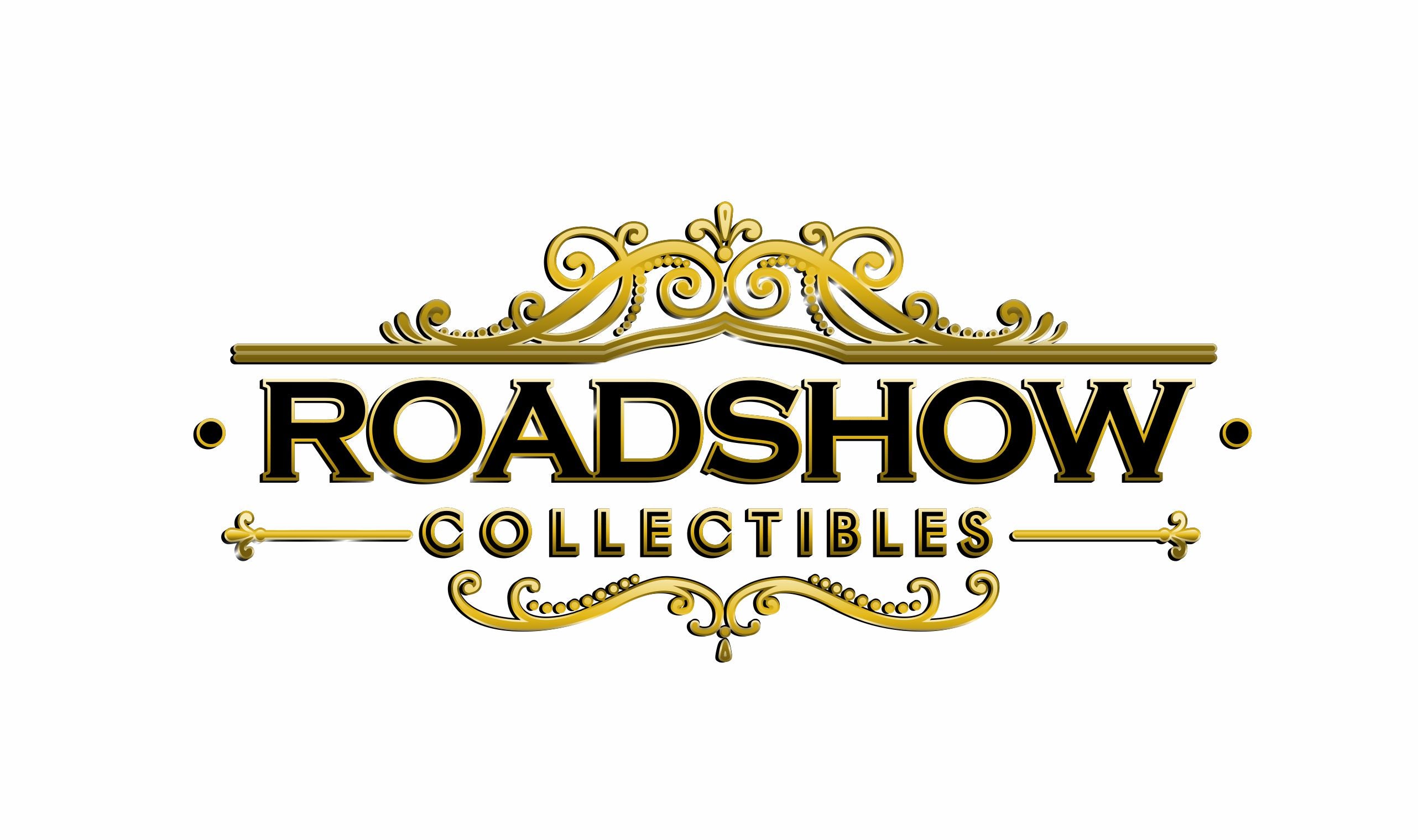Getting more and more interesting.
So, according to the George Glazer website, E.C. Kellogg of New York and Hartford, Connecticut, and Ensign & Thayer, Buffalo, New York co-published the image as a lithographic print around 1852-53. It was titled “A Close Calculation” with the subtitle “Don’t you wish you may get it” which is said to have its origins in Punch & Judy shows. The embroidery pattern by Georg Nippe has a description that says it’s “third quarter of the 19th Century”… so it’s later than the Kellogg/Ensign & Thayer etching.
https://www.georgeglazer.com/wpmain...ign-thayer-connecticut-antique-print-1852-53/
A humorous American genre print, subtitled Don’t you wish you may get it, depicting a monkey teasing an alert hunting dog that is chained to the wall by offering the tip of its tail but holding it just out of reach. Seated on a stone step, the monkey is clearly enjoying the game with a smile on its face. The scene takes place in front of a wood plank wall upon which hangs a jacket and cap with a feather. A wooden tub of water is on the ground beside the dog; a pitcher and patterned cloth are beside the monkey. A Gothic Revival house is across the road is in the background.
The Connecticut Historical Society, which has an example of this print in its collection. According to Kellogg expert Nancy Finlay the phrase “Don’t you wish you may get it?” also occurs in the script of the Punch and Judy show as published in London Labour and the London Poor by Henry Mayhew in 1851. Kellogg published another print on a on a similar theme, also in the Connecticut Historical Society collection; it shows a monkey teasing a terrier by holding the dog by the tail and a dead rat just out of its reach.
Additional publication information beneath the ruled border below right is faded and difficult to decipher but probably says Ensign, Thayer & Co. 127 Main St. Buffalo. The two companies apparently co-published it. Kellogg issued other prints with different publishers.
So, seemingly the imagery was adopted for multiple humorous purposes, including advertising (not just for razors) and political satire among other things. For the OP’s handle, the word apparently issuing from the monkey’s mouth (which may or may not be “Loves”) remains unexplained, as does the maker mark for whatever it might be.

 www.roadshowcollectibles.ca
www.roadshowcollectibles.ca
